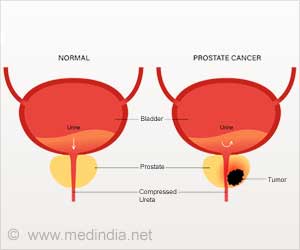A new imaging substudy reveals that the Orsiro stent demonstrated non-inferiority to the Xience Prime everolimus-eluting stent.

The BIOFLOW-II substudy used intravascular ultrasound (IVUS) and optical coherence tomography (OCT) to quantitatively assess neointimal hyperplasia and stent apposition at nine months after treating patients with symptomatic coronary artery disease due to de novo stenotic lesions. Patients were randomly assigned to receive either the Orsiro (Biotronik) or the Xience Prime stent (Abbott Vascular). Images from baseline and the nine-month follow-up were analysed by independent and blinded core laboratories.
Results showed no difference in the angiographic endpoint of in-stent late lumen loss between the two stents at nine months (0.10+0.32mm with the Orsiro stent vs. 0.11 + 0.29mm with the Xience Prime stent, p non-inferiority=<0.0001). Rates of target lesion failure were also similar at nine months (4.8% vs. 5.3%, p=0.47).
The IVUS substudy showed somewhat less neointimal hyperplasia over nine months with the Orsiro stent (0.16) than the Xience stent (0.43, p=0.043) with 100% stent apposition. Similarly, neointimal area as assessed by OCT at nine months was somewhat less with the Orsiro stent (0.74+0.38mm2 ) than with the Xience stent (1.00+0.44mm2, p=0.024). The proportion of well-apposed struts was similar with the two stents and the proportion of covered struts was slightly higher with the Orsiro stent (98.3% vs. 97.5%, p=0.042).
Reporting the results, Stephan Windecker, Professor and Chief of Cardiology, Swiss Cardiovascular Center and Clinical Trials Unit Bern, Bern University Hospital, Switzerland, said, "The Orsiro sirolimus-eluting stent with a biodegradable polymer was non-inferior to the Xience Prime everolimus-eluting stent with a durable polymer for the primary angiographic endpoint of in-state late loss at nine months in this prospective, randomised trial."
He added, " We need to be careful in interpreting the results of a trial set up for an angiographic endpoint but we can speculate that neointimal hyperplasia may be somewhat less with the Orsiro stent platform. And an important additional finding is that this potentially improved efficacy is not compromised by a lower proportion of uncovered struts. In addition, clinical event rates were low and comparable with both stents." Looking to the future, he concluded, "These results will need to be extended to larger randomised trials including more complex patients and powered for clinical endpoints."
Advertisement
Source-Eurekalert









